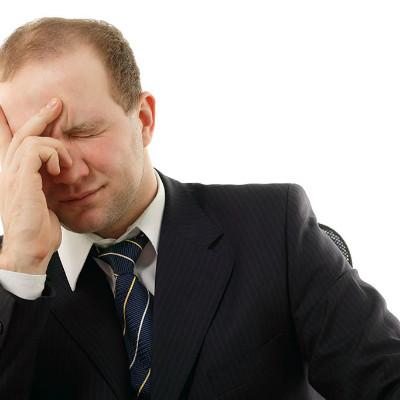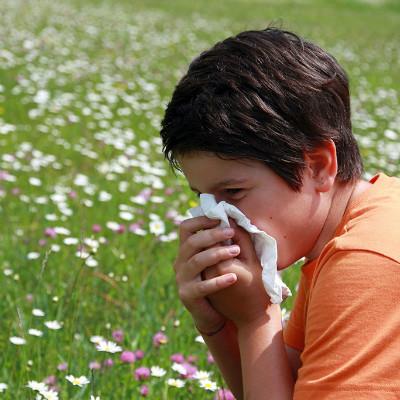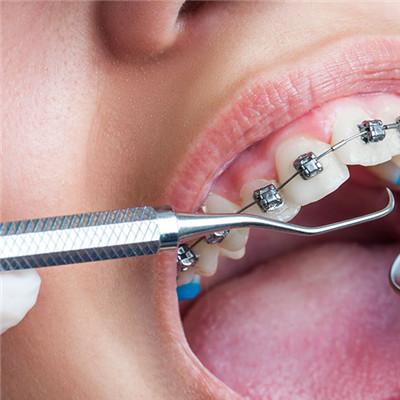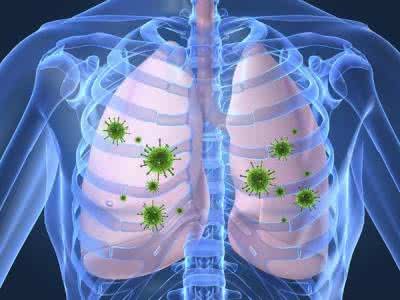Symptoms of prostatitis in men
summary
Male prostatitis symptoms prostatitis is a common disease in urology department, which is the first in male patients under 50 years old. At present, there are many methods for the treatment of prostatitis in clinic. Drug therapy, physical therapy and old-fashioned traditional therapy "have their own merits", but many men can not get rid of the problems of radical cure, long-term treatment and relapse. So, what are the symptoms of male prostatitis?
Symptoms of prostatitis in men
First of all, prostatitis is a common disease in urology, accounting for the first place in male patients under 50 years old. In 1995, NIH developed a new classification method of prostatitis, type I: equivalent to acute bacterial prostatitis in traditional classification method, type II: equivalent to chronic bacterial prostatitis in traditional classification method, type III: chronic prostatitis / chronic pelvic pain syndrome, type IV: asymptomatic prostatitis. Non bacterial prostatitis is more common than bacterial prostatitis.

Secondly, I * is often characterized by sudden onset of chills, fever, fatigue, weakness and other systemic symptoms, accompanied by perineal and suprapubic pain, and even acute urinary retention. The clinical symptoms of type II and type III were similar, with pain and abnormal urination. No matter which type of chronic prostatitis can show similar clinical symptoms, collectively known as prostatitis syndrome, including pelvic and sacral pain, dysuria and sexual dysfunction. The manifestation of pelvic sacral pain is extremely complex. The pain is generally located in the suprapubic, lumbosacral and perineal parts. Radiative pain can be manifested as pain in the urethra, spermatic cord, testis, inguinal and ventral side. Radiating to the abdomen is similar to acute abdomen, and radiating along the urinary tract is similar to renal colic, which often leads to misdiagnosis.

Finally, abnormal urination is manifested as frequent urination, urgency, pain, poor urination, bifurcated urine line, increased frequency of post urination drip and nocturia, and milky white secretion from urethra after urination or defecation. Occasionally complicated with sexual dysfunction, including loss of libido, premature ejaculation, ejaculation pain, erectile dysfunction and impotence. Type IV had no clinical symptoms.
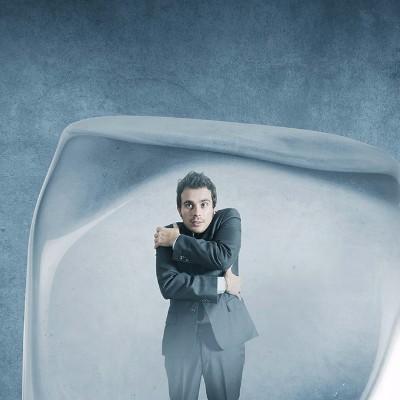
matters needing attention
The main symptoms of male prostatitis are urination, including frequent urination, urgency, pain, and incontinence. In addition, due to the stimulation of inflammation, pelvic tissues such as perineum, scrotum, testis and lower abdomen will have some dull pain, or falling feeling. Patients with prostatitis often have anxiety and neurasthenia, which will seriously affect their study and life.




